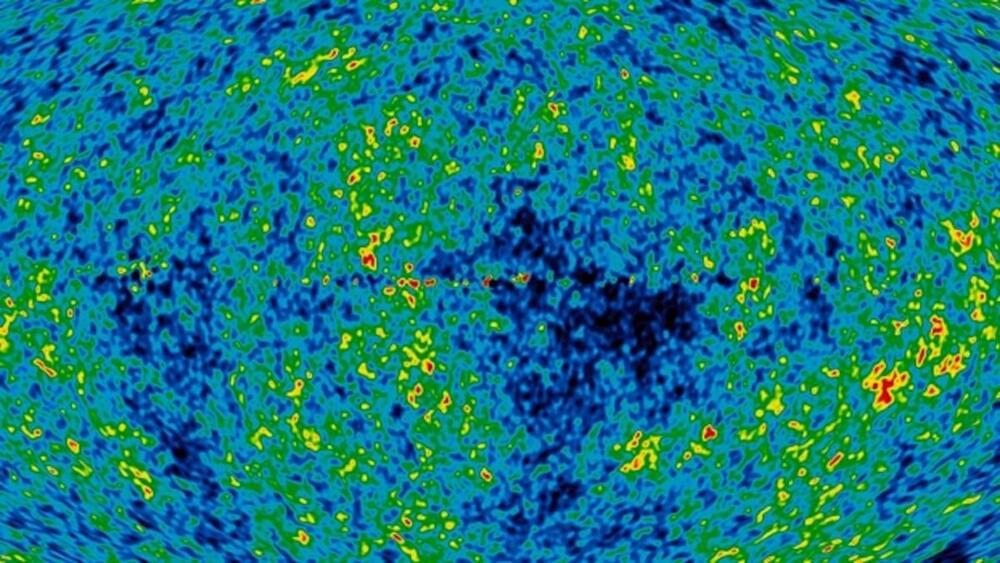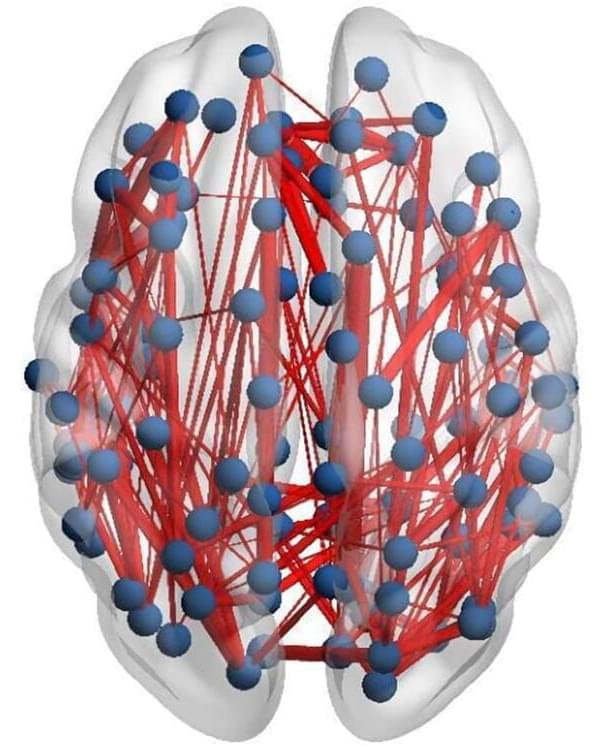Scientists can only see so far before they run into the edge of the universe. Will we ever know if anything lies beyond?


For proper operation, drones usually use accelerometers to determine the direction of gravity. In a new study published in Nature on October 19, 2022, a team of scientists from Delft University of Technology, the CNRS and Aix-Marseille University has shown that drones can estimate the direction of gravity by combining visual detection of movement with a model of how they move. These results may explain how flying insects determine the direction of gravity and are a major step toward the creation of tiny autonomous drones.
While drones typically use accelerometers to estimate the direction of gravity, the way flying insects achieve this has been shrouded in mystery until now, as they have no specific sense of acceleration. In this study, a European team of scientists led by the Delft University of Technology in the Netherlands and involving a CNRS researcher has shown that drones can assess gravity using visual motion detection and motion modeling together.
To develop this new principle, scientists have investigated optical flow, that is, how an individual perceives movement relative to their environment. It is the visual movement that sweeps across our retina when we move. For example, when we are on a train, trees next to the tracks pass by faster than distant mountains. The optical flow alone is not enough for an insect to be able to know the direction of gravity.
Can this new nuclear fusion generator make unlimited clean electricity?
• https://brilliant.org/ElectricFuture first 200 people get 20% off annual premium subscription.
• https://youtu.be/sEt0nIBPL24 Deeper dive into Helion’s materials, methods, and fusion approach. (unlisted bonus content)
• Organizations all across the world are racing to achieve a fusion power breakthrough. Many critics say nuclear fusion is impossible, but Helion Energy believes they’ve cracked the code…
If you could design the perfect energy source, it would have an inexhaustible supply of fuel, be environmentally friendly, not take up much space, and have a high degree of safety.
The fuels considered for fusion power have traditionally all been isotopes of hydrogen, but there are better fusion reactions using elements like helium-3. Nuclear Fusion 3.
What is nuclear fusion? Nuclear fusion explained: an experimental form of power generation that harnesses the energy released when two atoms combine.
How does nuclear fusion work? Every atom is composed of a nucleus and one or more electrons. The nucleus is made up of protons, and neutrons. A fusion reactor heats fusion fuels into plasma and fuses light elements into heavier elements.

Strange libraries of supplementary genes nicknamed “Borg” DNA appear to supercharge the microbes that possess them, giving them an uncanny ability to metabolize materials in their environment faster than their competitors.
By learning more about the way organisms use these unusual extrachromosomal packets of information, researchers are hoping to find new ways of engineering life to take a big bite out of methane emissions.
In the wake of a study publicized last year (and now published in Nature), researchers have continued to analyze the diversity of sequences methane-munching microbes store in these unusual genetic depositaries in an effort to learn more about the evolution of life.

A drug has been identified by researchers at Tokyo Medical and Dental University (TMDU) that replicates the benefits of exercise on mice’s bones and muscles.
You can look and feel better by keeping up a regular exercise schedule, but did you know that exercise also supports bone and muscle health? Locomotor fragility, which affects people who are unable to exercise, causes the muscles and bones to deteriorate. Recently, Japanese researchers discovered a new drug that, by producing effects comparable to those of exercise, may help treat locomotor frailty.
Physical inactivity can result in a weakening of the muscles (known as sarcopenia) and bones (known as osteoporosis). Exercise dispels this frailty by boosting muscular strength and suppressing bone resorption while simultaneously promoting bone formation. Exercise therapy, however, cannot be used in every clinical situation. When patients have dementia, cerebrovascular disease, or are already bedridden, drug therapy may be very helpful for treating sarcopenia and osteoporosis. However, there is no one drug that targets both tissues at the same time.

A new discovery could be a game-changer for patients with type 2 diabetes. Researchers at the Diabetes, Obesity, and Metabolism Institute (DOMI) at the Icahn School of Medicine at Mount Sinai have discovered a therapeutic target for the preservation and regeneration of beta cells (β cells), the cells in the pancreas that produce and distribute insulin. The finding could also help millions of individuals throughout the globe by preventing insulin resistance. The study was recently published in the journal Nature Communications.
Nature Communications is a peer-reviewed, open access, multidisciplinary, scientific journal published by Nature Research. It covers the natural sciences, including physics, biology, chemistry, medicine, and earth sciences. It began publishing in 2010 and has editorial offices in London, Berlin, New York City, and Shanghai.

Most scientists believe that the structure of the adult brain is generally rigid and incapable of rapid changes. However, new research has now revealed that this is not true. In a new study, German scientists have shown that in-patient treatment for depression can lead to an increase in brain connectivity. Moreover, those individuals who respond well to this treatment show a greater increase in connectivity than those who don’t.
Presenting the work at the European College for Neuropsychopharmacology Congress in Vienna, lead researcher, Professor Jonathan Repple said:
“This means that the brain structure of patients with serious clinical depression is not as fixed as we thought, and we can improve brain structure within a short time frame, around 6 weeks. We found that if this treatment leads to an increase in brain connectivity, it is also effective in tackling depression symptoms. This gives hope to patients who believe nothing can change and they have to live with a disease forever, because it is “set in stone” in their brain.”

The notorious Emotet botnet has been linked to a new wave of malspam campaigns that take advantage of password-protected archive files to drop CoinMiner and Quasar RAT on compromised systems.
In an attack chain detected by Trustwave SpiderLabs researchers, an invoice-themed ZIP file lure was found to contain a nested self-extracting (SFX) archive, the first archive acting as a conduit to launch the second.
While phishing attacks like these traditionally require persuading the target into opening the attachment, the cybersecurity company said the campaign sidesteps this hurdle by making use of a batch file to automatically supply the password to unlock the payload.

A now-patched vulnerability in VMware Workspace ONE Access has been observed being exploited to deliver both cryptocurrency miners and ransomware on affected machines.
“The attacker intends to utilize a victim’s resources as much as possible, not only to install RAR1Ransom for extortion, but also to spread GuardMiner to collect cryptocurrency,” Fortinet FortiGuard Labs researcher Cara Lin said in a Thursday report.

Microsoft this week confirmed that it inadvertently exposed information related to thousands of customers following a security lapse that left an endpoint publicly accessible over the internet sans any authentication.
“This misconfiguration resulted in the potential for unauthenticated access to some business transaction data corresponding to interactions between Microsoft and prospective customers, such as the planning or potential implementation and provisioning of Microsoft services,” Microsoft said in an alert.
The misconfiguration of the Azure Blob Storage was spotted on September 24, 2022, by cybersecurity company SOCRadar, which termed the leak BlueBleed. Microsoft said it’s in the process of directly notifying impacted customers.